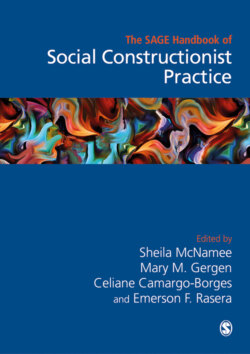Читать книгу The Sage Handbook of Social Constructionist Practice - Группа авторов - Страница 23
На сайте Литреса книга снята с продажи.
The Enchantment of Righteousness
ОглавлениеWorking within a constructionist framework, most practitioners are keenly aware of the values that are realized in their efforts. Practices may be intended, for example, to support those in need, achieve social justice, create social solidarity, achieve peace, and so on. As proposed above, it is just such values that have motivated the development of new practices. However, the satisfaction derived from such efforts also carries dangers. The sense of ‘doing good’ can suppress critical reflection on one's efforts. Alternative points of view and practices may be dismissed or demonized. The general antipathy among many constructionists to strategic, mechanistic, individualist, materialist, structural, or hierarchical practices is illustrative. Further, the unreflective championing of one's ‘good’ practices may blind one to their ‘bad’ consequences. Supporting those in need may sustain the very systems responsible for their condition; the empowering of a group may lead to the dis-empowering of another group; alternatives to diagnostic categories threaten the well-being of those reassured by such categories; and so on. Unless we sustain a posture of humility in our valued endeavors, we risk becoming yet another encampment in the battles for moral superiority.
